► First drive of new Dacia Bigster
► Largest and most expensive Dacia ever
► More than just a big Duster?
From humble beginnings making £6,000 superminis a decade ago comes the Dacia Bigster – the largest and most expensive Dacia ever. The fact you can spec one to more than £30,000 seems a far cry from its roots until you realise just how much cheaper it is than just about any rival.
In fact, the Bigster has the potential to be one of the best SUVs on the market, distilling everything that’s made the Dacia Duster so appealing and successful into a larger, more practical package that’s much better suited to family life.
A lot is resting on it, too, as the Bigster will compete in the lucrative C-segment SUV market, now the most popular type of new car, and one dominated by key names such as the Nissan Qashqai, Kia Sportage and Hyundai Tucson. There’s huge potential to unlock with a more affordable family SUV, but does the Bigster manage to nail its brief?
At a glance
Pros: Big on space, low on price, smooth and efficient hybrid system
Cons: Lacks refinement of rivals, interior feels quite cheap for a car of this type
What’s new?
Dacia hasn’t tried to disguise the fact that the Bigster is essentially a stretched version of the Duster, with very similar styling at both the front and rear to its smaller 4×4. It’s also based on the same CMF-B platform, which underpins every new Dacia except the electric Spring.
It’s the biggest car Dacia makes at 4.57m, being a few centimetres longer than a Jogger. Though unlike its MPV there’s no option for three rows of seats. Dacia says it made a choice here not to spoil the Bigster’s design or comfort, but it feels like a slightly missed opportunity.
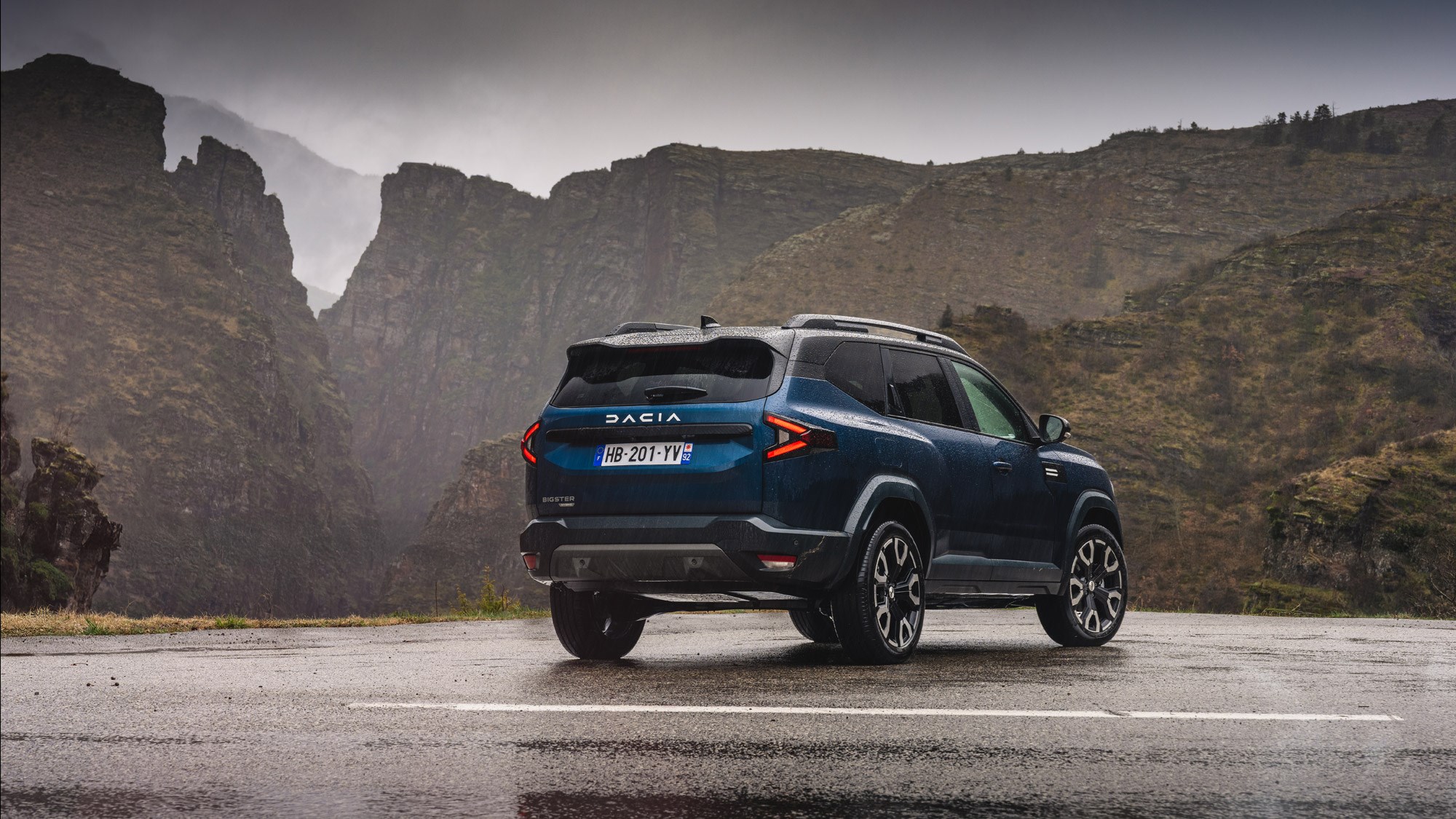
It’s also brazen about needing to add more features to appeal to buyers of this segment who demand – and are used to – more than the slightly basic look and feel traditional with Dacia. It’s why the Bigster gets several ‘firsts’ for the brand, including two-tone paint and an electric boot, though each has been introduced with cost-saving front of mind. For example, just one boot strut is electric to save money, but with the same result as if it had two.
What are the specs?
A choice of a mild-hybrid petrol or a full hybrid engine is available on the Bigster. We’ve only driven the latter so far, but it’s the highlight as it’s not just new for Dacia but a first for the Renault Group as a whole. Gone are the days when Dacia got Renault’s last-generation hand-me-downs.
It shares the same two electric motors as the existing hybrid setup on a Duster, but gets a new 1.8-litre petrol engine that puts out slightly more power at 153bhp, and enables a 0-62mph time of 9.5 seconds. It should also offer by far the lowest running costs, with Dacia claiming 60.1mpg (we averaged 49mpg on a broad mix of mountain roads, motorways and city driving), and 105g/km CO2 emissions. The drive is sent to the front wheels via a six-speed automatic gearbox made up of four ICE gears and two electric.
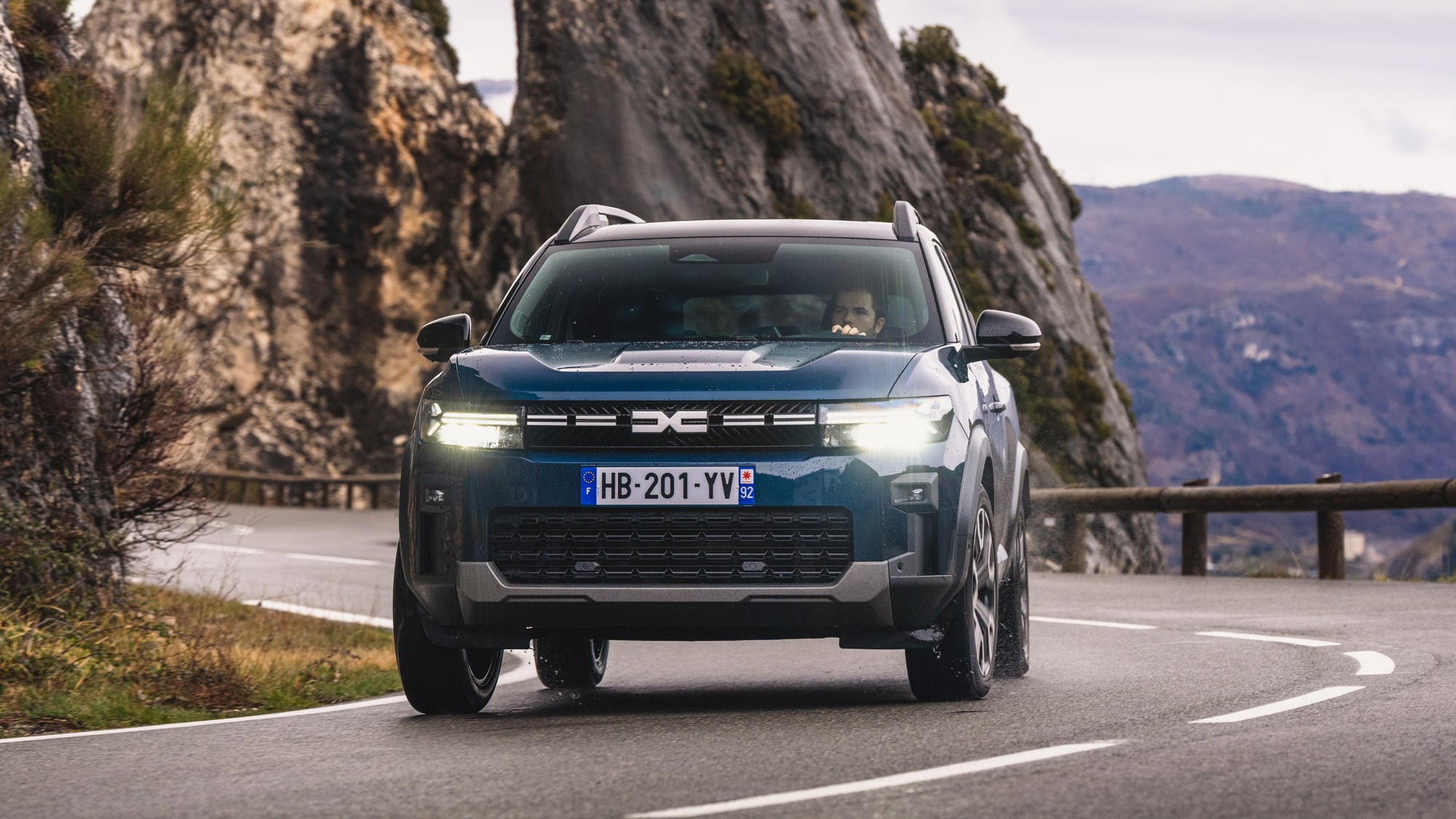
Standard mild-hybrid Bigsters use a 1.2-litre, three-cylinder turbocharged petrol engine putting out 138bhp in front-wheel-drive form, taking 9.8 seconds to crack 62mph and averaging a claimed 51.4mpg.
Like the Duster, a 128bhp four-wheel-drive version is available, though Dacia dubs the Bigster as more of a ‘crossover’ compared to the more rugged Duster that’s viewed as more of a ‘4×4’. With an 11.2-second 0.62mph time and claimed 46.3mpg it makes it harder to recommend over the FWD car unless you really need that extra ability.
How does it drive?
Our route in the Bigster over two days covers around 450 miles across the Cote d’Azur and up into the lower part of the French Alps – a testing route, but one that should tell us what we need to know about it.
The first thing to note is what an improvement this new hybrid powertrain is over the previous Renault/Dacia setup. It’s smoother, brisker and perhaps most importantly, quieter. The last time I drove a car with the old hybrid engine was in a Captur, and going up a steep incline it made an absolute racket courtesy of its complex clutch-less gearbox. Refinement is still hardly a byword of the Bigster or its engine, but it’s a vast improvement. Only at motorway speeds does it become quite loud with plenty of wind and road noise – most rivals are quieter to travel in than the Bigster.
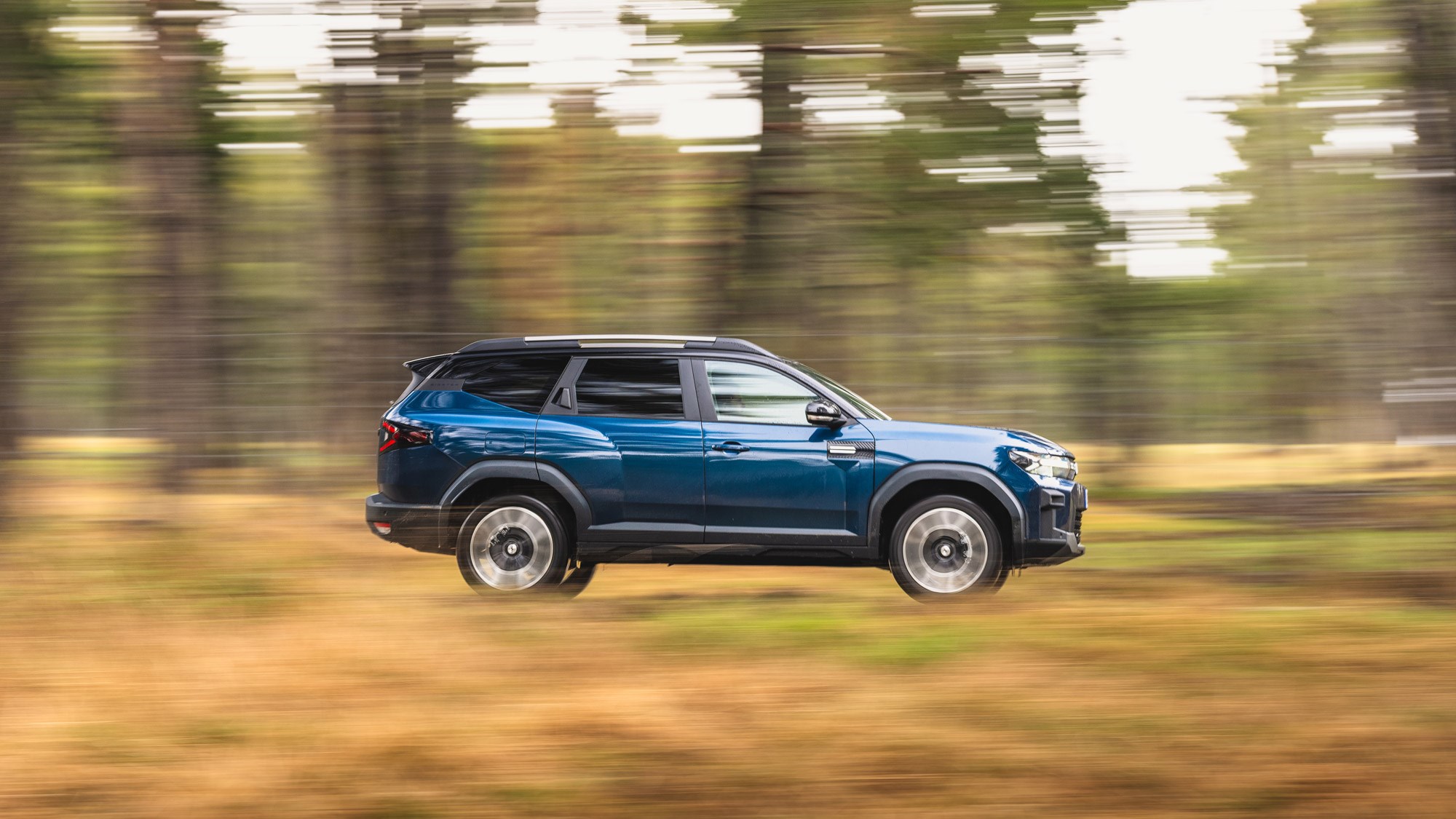
But around town, the hybrid system works well, silently running for the majority of the time without waking up the engine, and making the most of its reiterative braking ‘B’ mode.
Our test car also rides on 19-inch alloys, the largest ever fitted to a Dacia, though – ridiculously – still smaller than what you get with most rivals. I manage to come across what must be France’s roughest roads, and it shows the slightly firmer edge to the Bigster’s ride. It’s far from uncomfortable, but it struggles on especially pockmarked surfaces. The standard version gets smaller 17s and will no doubt improve the ride.
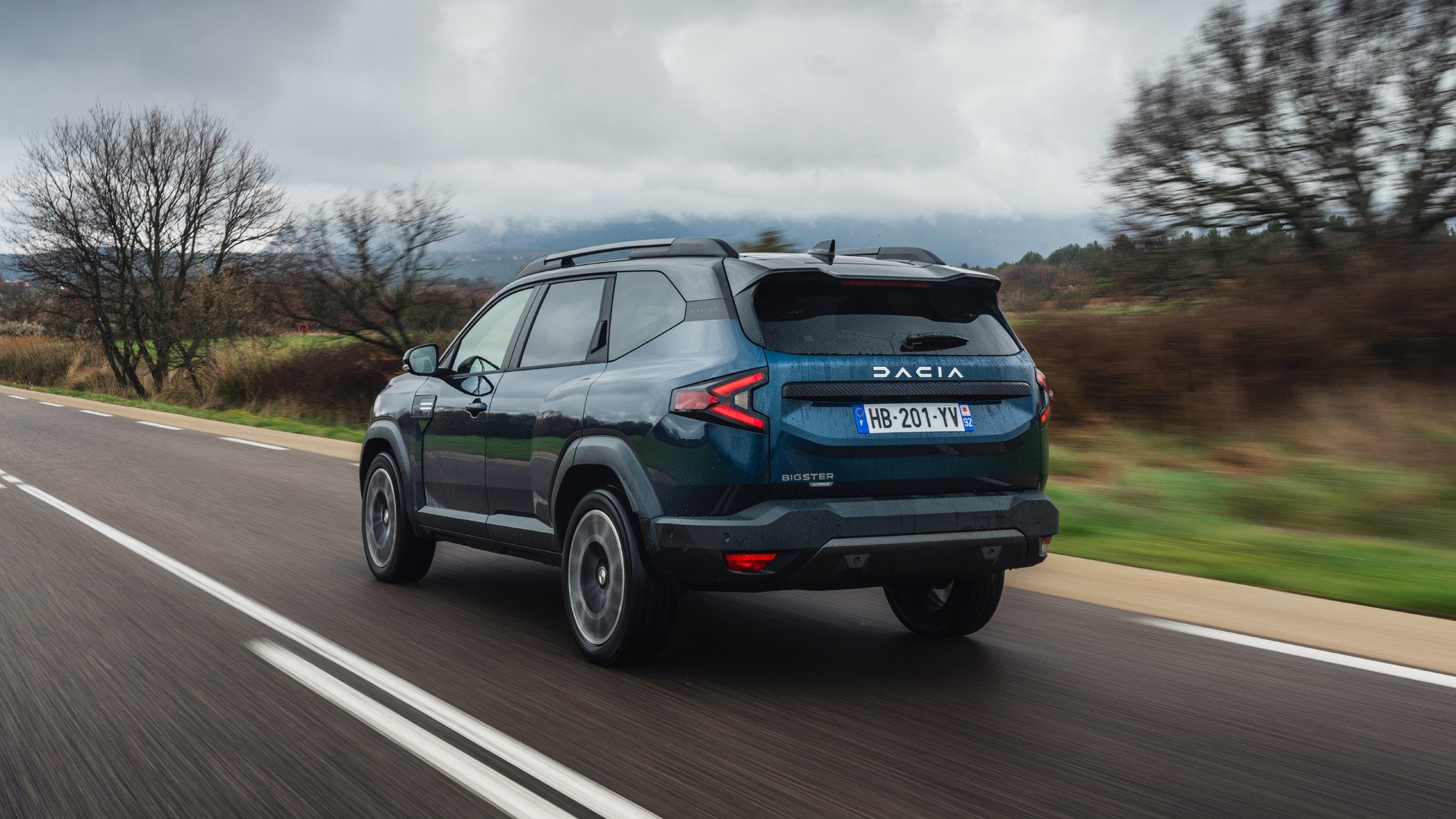
The steering is light as you’d expect a car of this type to be, but it’s precise and allows for good progress up the mountainous roads. Pity that it lacks grip in the wet so much, as it doesn’t take much before the Bigster resorts to understeer coming out of a corner. Albeit all our driving takes place in soaking wet conditions.
What’s it like inside?
The cabin of the Bigster is almost a carbon copy of that of the Duster, upfront at least. All models get a 10.1-inch touchscreen and digital instrument cluster – the latter varying in size depending on trim level. Neither are the most cutting-edge but get the job done and are easy to use, though the touchscreen has quite a lag on it.
The main difference in the front with the Bigster’s interior is a new centre console area that feels befitting of a larger car – there’s a wireless smartphone charger, and gear selector followed by cupholders with a sliding cover when not in use.
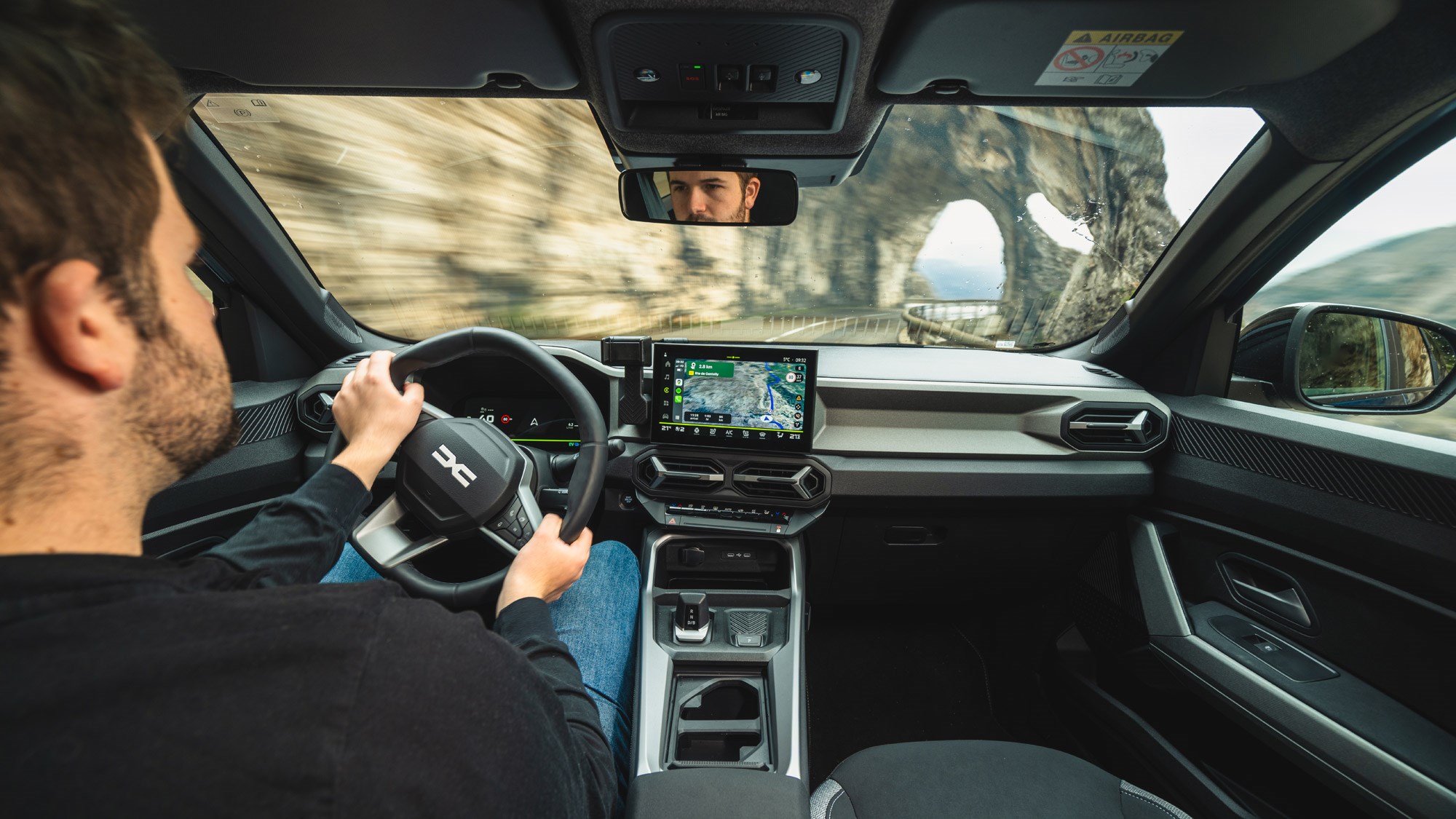
The main touch points have a sturdy feel to them, though we have reservations of the longevity of the wetsuit-like seat material on our test car, which were already showing signs of wear. But with hard-plastic door cards and a lack of ‘soft-touch materials’, it perhaps doesn’t live up to the quality that buyers now expect from this class. An MG HS has a much posher interior for the same price.
But what sets the Bigster apart is its boot, which at up to 677 litres below the parcel shelf is the largest in this class. Though the hybrid and 4×4 models have slightly less room, they both still have more than 600 litres, and with a height-adjustable floor, is a seriously useful space indeed. The rear seats have a 40:20:40 split and handles in the boot quickly drop them and open up an impressive 1,977 litres – 200 litres more than even a Kia Sportage.
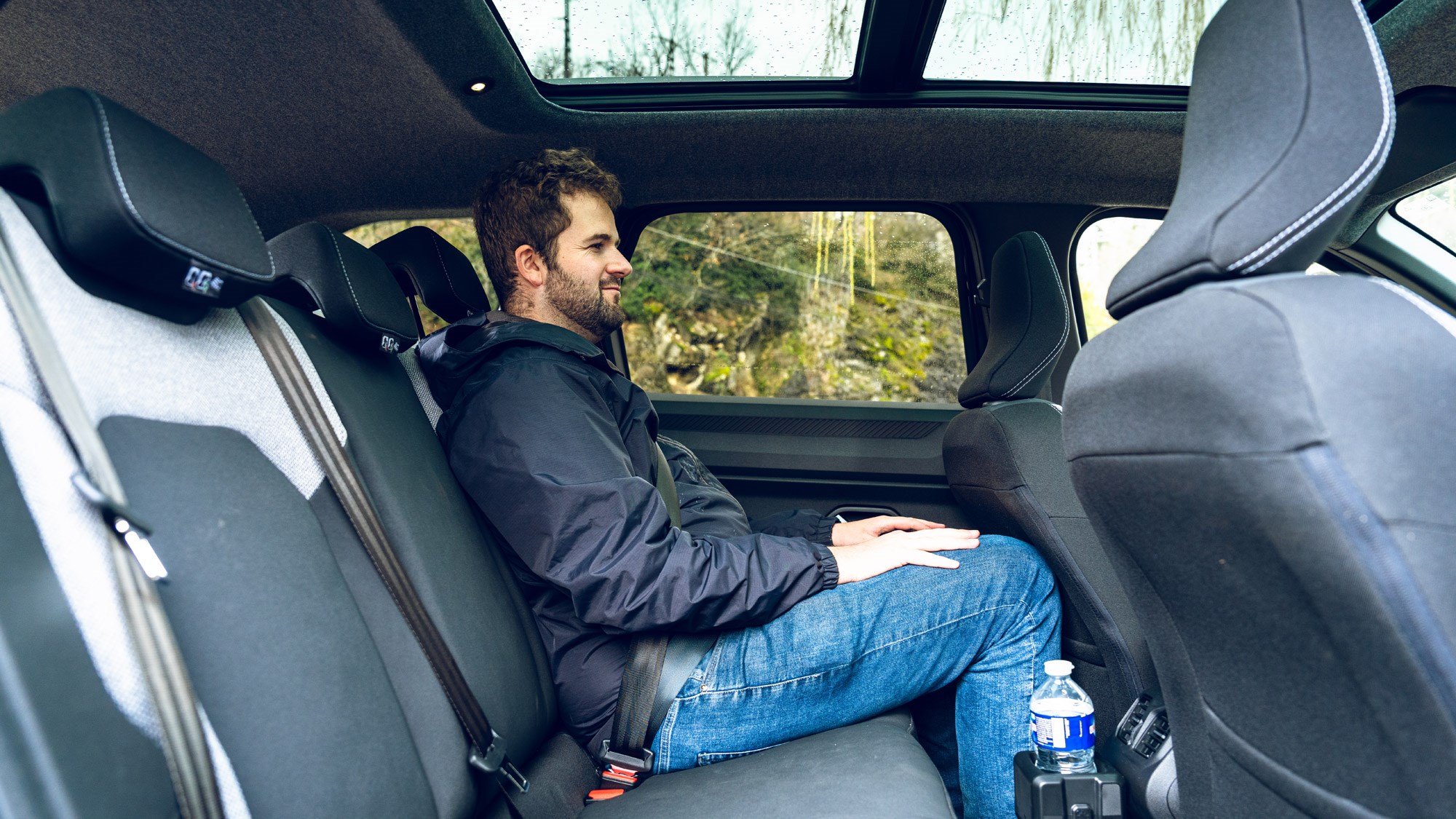
Rear legroom and headroom are good, too, though you might struggle to get three sat on the rear bench as it’s not the widest interior – in fact, its width is a millimetre less than the smaller Duster.
Before you buy (trims and rivals)
The Bigster is sold in three trim levels – Expression, Journey and Extreme.
Even the entry-level Expression model is well-equipped with 17-inch alloy wheels (no steel wheels here), dual-zone climate control, a reversing camera and 10.1-inch touchscreen. The Journey gets a lot more equipment, including an electric boot, heated front seats, keyless entry, a part electric driver’s seat and adaptive cruise control.
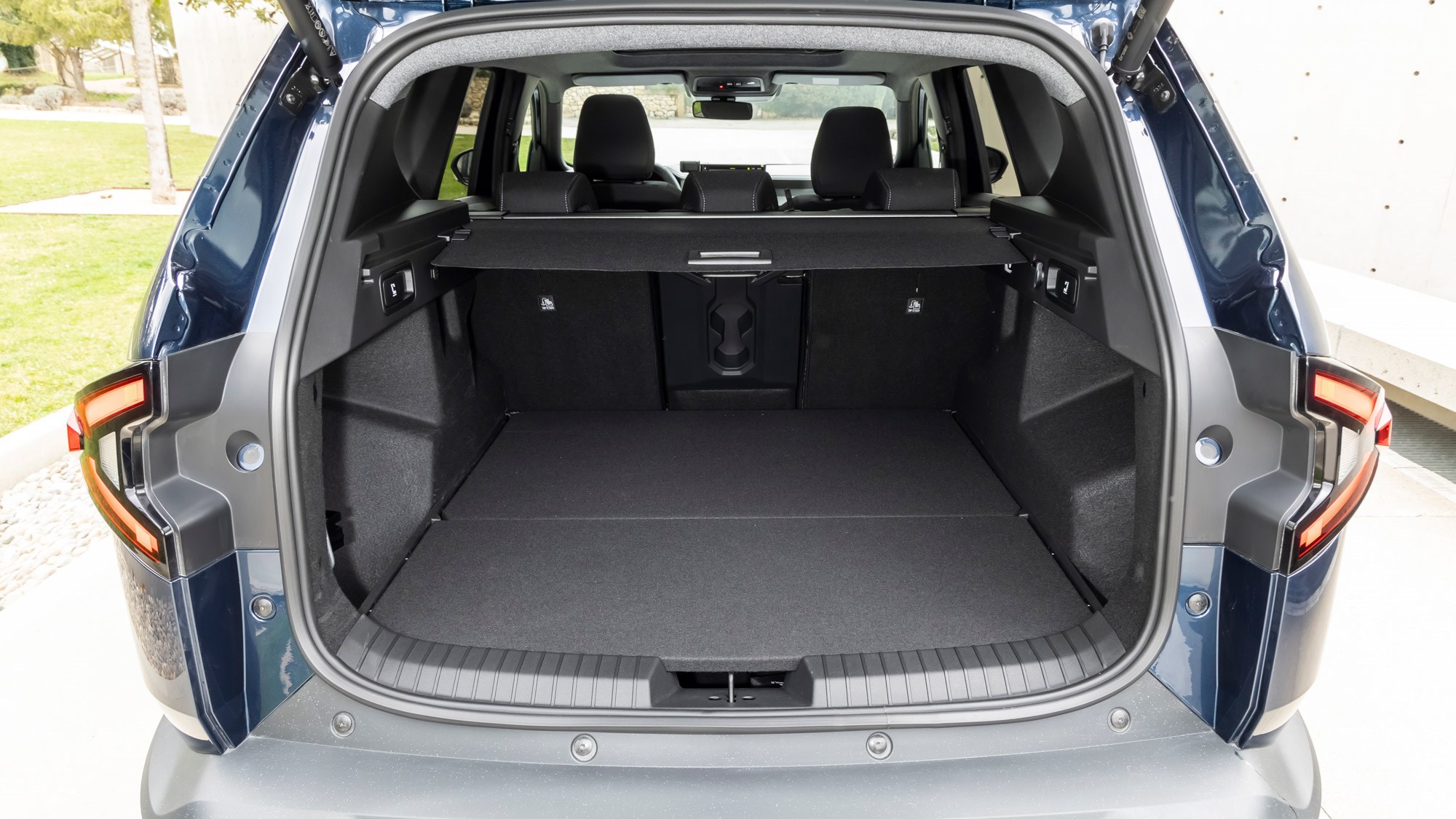
The Extreme model sits at the top of the range and is distinguished by its copper-brown styling elements and it also comes with modular roof rails, which can be changed to a roof rack with an Allen key. You also get a panoramic sunroof – a first for Dacia, and one that feels quite odd in a brand renowned for the ‘essentials’.
Prices start from £24,995 for the Expression, £26,245 for the Journey and £26,495 for the Extreme. Hybrid models are available from £27,995 and are especially good value by hybrid SUV standards.
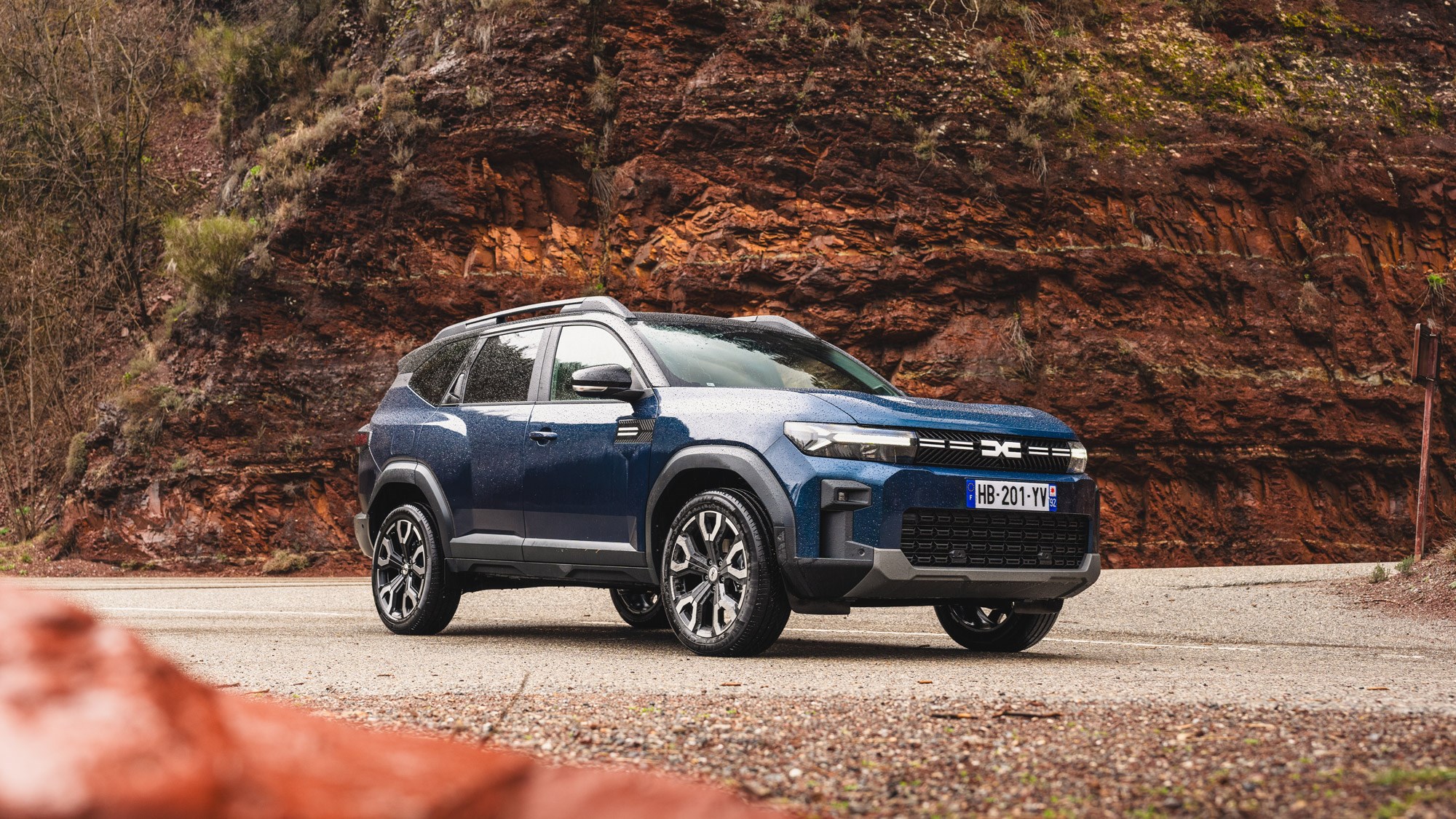
While it costs very similar to the impressive MG HS, it’s a great deal cheaper than everything else in this class. Even the cheapest Nissan Qashqai costs more than £30,000 these days, and if you want a VW Tiguan you’re talking £35,000. Quite ridiculous figures, though of course, cars like these all come down to leasing and PCP costs, and it seems Dacia is already looking good.
Verdict
It’s a confident move introducing a car to the C-SUV segment but Dacia has the right car for the job with the Bigster. Offering masses of space, an impressive hybrid system and a temptingly low price, it’s the car to get people questioning why practically every other mid-size SUV is so expensive in 2025.
My one slight reservation is if it feels like a step up enough from a Duster to justify the extra expense as it’s so similar to look at (other than the stretched bodywork), practically identical inside and a Duster is still a surprisingly practical family bus. But if you want something bigger – or at least with a massive boot – the Bigster is without doubt one of the best family SUVs you can buy. And still £5,000 cheaper than a Qashqai. A bit of a no-brainer.
Photography by Jordan Butters
*Specs are for Dacia Bigster Journey Hybrid 155*